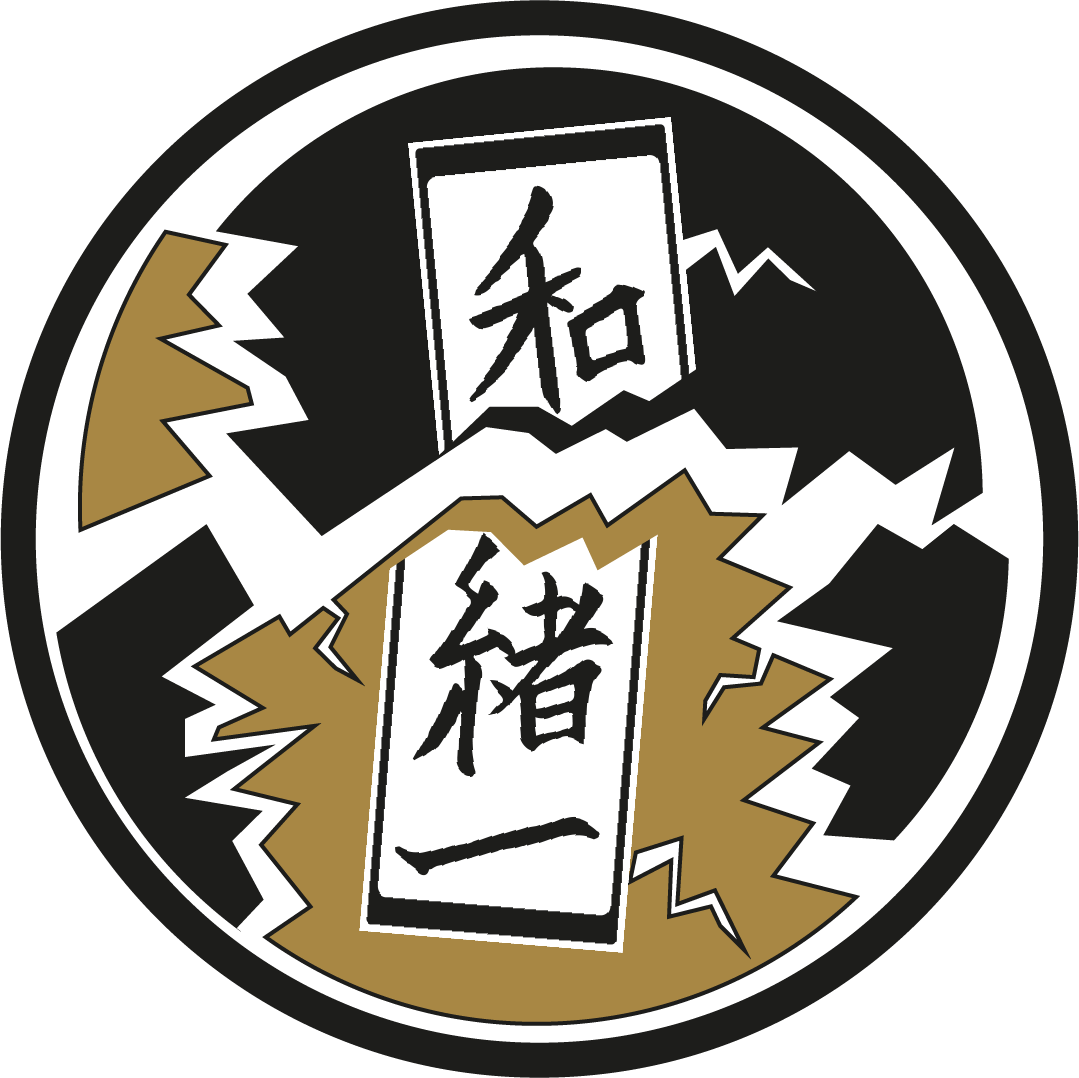The Different Masks in Japanese Culture: Tengu, Hyottoko and Nō
The mask is an object that hides, conceals, and disguises. It dresses, decorates, and accessorizes the wearer, ranging from the most extreme extravagance during carnivals, such as the Carnival of Venice, to the purest ethnic expression, such as African anthropomorphic masks. The mask freezes our expressions and fascinates the public through its absence of movement. Nowadays, the most famous mask is probably the white, bearded and grinning Guy Fawkes mask, worn by the hacker collective Anonymous.
Masks have evolved with cultural customs and became an indispensable object in the arts, such as theatre and dance. A mask allows a performer to become someone else, to interpret a role. It confers a new, real or imaginary, identity.
Let’s discover some famous Japanese masks.
The Tengu 天狗: an Ambivalent Being
Elephant and a flying tengu.
The tengu 天狗, a crimson-red creature, is deeply rooted in Japanese legends. It is a spirit associated with mountains and forests, which sometimes takes on the appearance of monks or yamabushi 山伏 priests in the Japanese imagination. Yamabushi are religious people who practice shugendō, which is a type of Buddhist asceticism prescribing religious practice in mountainous locations.
At the time of its appearance on the Japanese archipelago, the tengu, which originated from Chinese tales, transformed and more often took the appearance of a raven. Nowadays, it has assumed several intermediate forms: while the karasu tengu 烏天狗 – or kotengu 小天狗 – has a human body with wings, demonic golden eyes and a bird’s beak, the daitengu 大天狗 is a winged being with a grotesquely long and rigid trunk-like nose.
Sometimes appearing as benevolent Shinto gods, at other times, as malevolent, children-kidnapping yōkai 妖怪, tengu remain dangerous creatures and have been feared by people. However, these deities are very popular during Shinto celebrations, various matsuri (e.g. the Numata festival in Gunma prefecture or the Tengu Matsuri of Shimokitazawa in Tokyo) and make frequent appearances in Nō theatre.
The Hyottoko ひょっとこ: a Prankster Mask
The name of the mask combines the two words ‘fire’ (hi 火) and ‘man’ (otoko 男) and intrinsically qualifies its attributes: with swollen cheeks and a rounded mouth, the hyottoko is supposed to represent a character blowing with a bamboo straw to light or rekindle a fire. The facetious attitude of the mask is not only created with its mouth but also through its bulging eyes, one of them sometimes more closed than the other. Often depicted with a white headband with blue spots tied around wrapped around the head, this accessory accentuates the amusing and comical character of the mask.
Probably because of this funny and endearing aspect, the hyottoko is said to bring good luck. It is particularly used during traditional Japanese dances (dengaku 田楽 ) with other masks such as the okame, a plump and joyful female figure.
Nō 能 Theatre Masks
Mask at the Takigi Nō Performance in Kyoto.
Created from the 14th century onwards, Nō is a theatrical form that is rooted in traditional agrarian dances and religious ritual festivals. As a kind of choreography addressed to the gods, this art gradually lost its sacred character to become a refined, highly codified and stylised theatre. It was first intended for the imperial court, then for the daimyo, shogun and samurai.
Comprising numerous masks, carved in cypress, cedar, camphor or paulownia wood by craftsmen or monks, the Nō theatre stages different characters. Among them, we find okina masks, which represent old and laughing gods and originate from sarugaku masks, kojo masks, portraying old men, masks of demons and vengeful spirits (onryō-men), recognisable by their golden eyes and horns for female demons (hannya masks), and finally masks of men (otoko-men, such as the kasshiki or the chūjō) and women (onna-men, such as the wakaonna or the uba mask) of various ages and with different expressions.
Masks make it possible to change skins and to take on non-human attributes in order to play fantastic creatures or a new genre to interpret everyday roles. Thus the mask enables a metamorphosis of the being, a change of state and form.
Written by Léa van Cuyck



